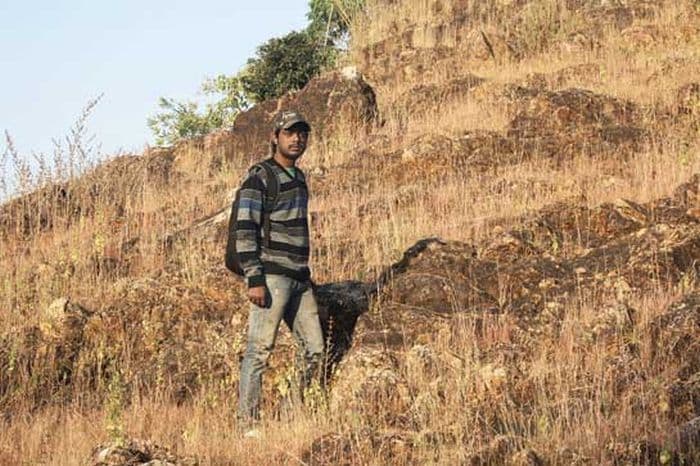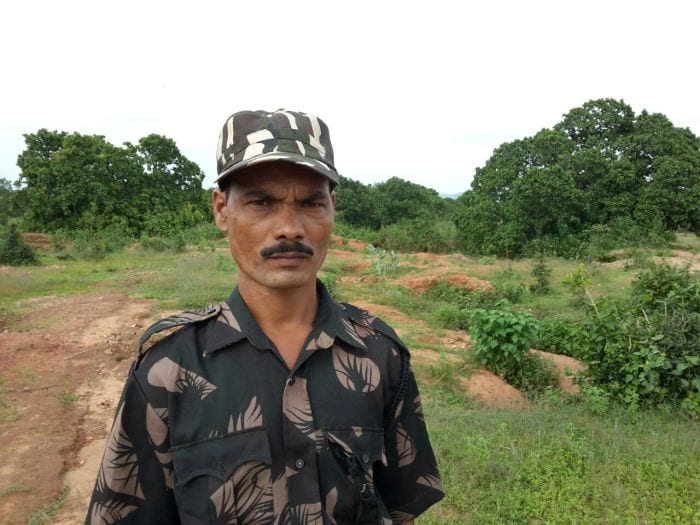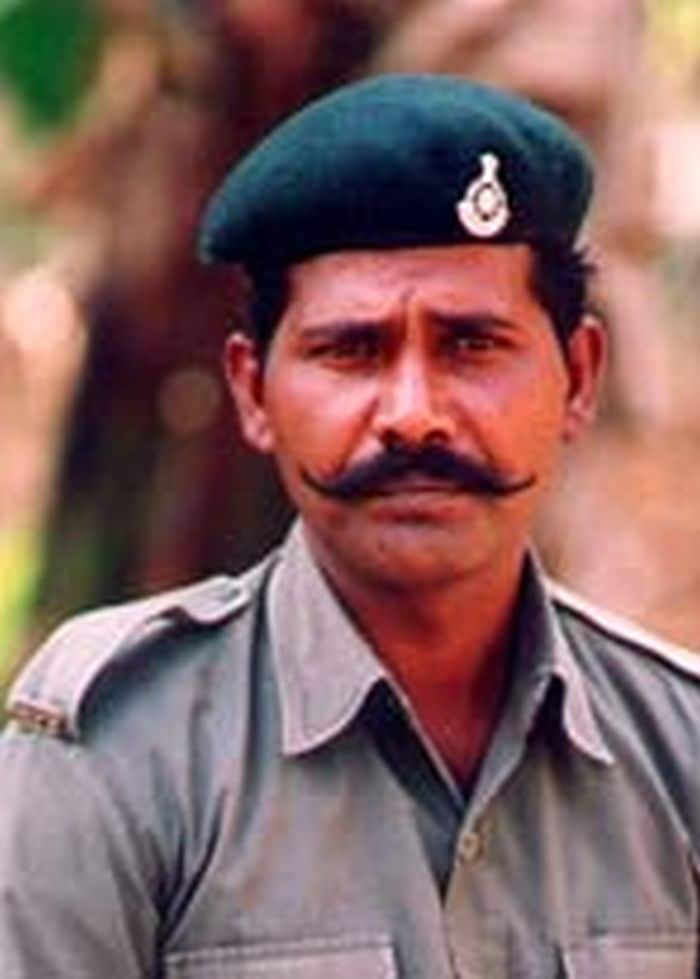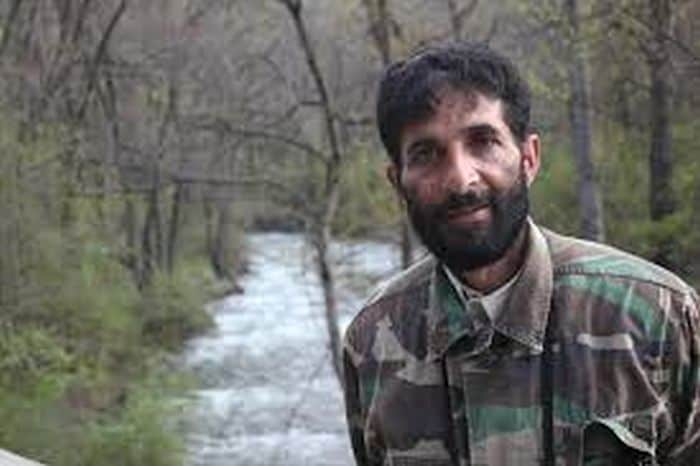Heroes of Save Our Tigers Campaign
From around 40,000 at the turn of the last century, there are very few tigers left in India today. The current tiger population of India constitutes over 50% of the world's tiger population. The coming years will be extremely crucial for the long term survival of the tiger. Here are some of the Save Our Tigers awardees who are going out of their way to help the world.
-
 Gopal Singh Karki from Assistant Conservator of Forests (ACF), Ramnagar Forest Division, Uttarakhand: The Ramnagar forest is not a designated Protected Area. It is a ‘multiple-use' reserve forest, but is incredibly rich in biodiversity. The 2010 Wildlife Institute of India-National Tiger Conservation Authority estimation established a tiger density of 14/100 sq km here, far greater than many tiger reserves. With an equally high number of other predators like leopards, bears. With many villages in the area, the human-wildlife conflict here is high, and growing. Occasionally, conflict escalates into tragic human fatality, largely with leopards and tigers.
Gopal Singh Karki from Assistant Conservator of Forests (ACF), Ramnagar Forest Division, Uttarakhand: The Ramnagar forest is not a designated Protected Area. It is a ‘multiple-use' reserve forest, but is incredibly rich in biodiversity. The 2010 Wildlife Institute of India-National Tiger Conservation Authority estimation established a tiger density of 14/100 sq km here, far greater than many tiger reserves. With an equally high number of other predators like leopards, bears. With many villages in the area, the human-wildlife conflict here is high, and growing. Occasionally, conflict escalates into tragic human fatality, largely with leopards and tigers.
G S Karki handles these volatile situations with grit and grace! He has served in the forest department as a range officer for 18 years, and then as an ACF from 2000. He has faced the brunt of angry villagers, and was even brutally beaten up by them in 2013 in a leopard conflict case in Kalagarh. But he refuses to abandon his staff. With his natural empathy, and the fact that he is an 'accessible', down-to-earth, honest officer, the villagers know and trust him. G S Karki's biggest contribution has been to get the system oriented towards wildlife protection, rare in a reserve forest. -
 Kime Rambia from Range Forest Officer, Tippi Range, Pakke Tiger Reserve: On his first wildlife posting, this young Range Forest Officer has brought new life and enthusiasm to his forest staff, who widely acknowledge that he is one of the best rangers Pakke has ever had. He patrols the Kamengriver by boat with his staff, has started night patrolling and surprise market surveys, along with being excited about any animal sightings.
Kime Rambia from Range Forest Officer, Tippi Range, Pakke Tiger Reserve: On his first wildlife posting, this young Range Forest Officer has brought new life and enthusiasm to his forest staff, who widely acknowledge that he is one of the best rangers Pakke has ever had. He patrols the Kamengriver by boat with his staff, has started night patrolling and surprise market surveys, along with being excited about any animal sightings. -
 Roheet Karoo a Founder of Wildlife Conservation and Development Centre (WLCDC): An Honorary Wildlife Warden of Nagpur district, Roheet Karoo is still haunted by the gruesome image of the dead tiger he saw outside the Government Veterinarian Hospital in Umred, near Tadoba in Maharashtra. A young student in class 7, he decided at that very moment that his life would be spent defending this magnificent cat.
Roheet Karoo a Founder of Wildlife Conservation and Development Centre (WLCDC): An Honorary Wildlife Warden of Nagpur district, Roheet Karoo is still haunted by the gruesome image of the dead tiger he saw outside the Government Veterinarian Hospital in Umred, near Tadoba in Maharashtra. A young student in class 7, he decided at that very moment that his life would be spent defending this magnificent cat.
His connections with nature were honed during school camps, wildlife trips and conservation talks. By 2004, young Roheet had already begun to receive calls to rescue snakes and other wild animals that ran afoul of humans. He soon threw himself into wildlife conservation full time. The surveys and studies he has undertaken resulted in the declaration of the Umred-Karhandla Wildlife Sanctuary, which has given the Tadoba Tiger Reserve a much needed boost. Roheet has only one dream - of protecting tigers and their habitats. -
 Panchanan Nayak an Elephant Tracker and Daily Wage Worker from Athgarh Forest Division, Odisha: The Athgarh Forest Division has one of the worst human-elephant conflict afflicted landscapes in India, with about 150 elephants struggling to survive in a heavily human-altered landscape. Mob situations cause elephants to sometimes kill or injure, resulting in elephant fatalities. In this battleground, about 50 locals have been recruited on a daily wage basis by the forest department to work as conflict control teams.
Panchanan Nayak an Elephant Tracker and Daily Wage Worker from Athgarh Forest Division, Odisha: The Athgarh Forest Division has one of the worst human-elephant conflict afflicted landscapes in India, with about 150 elephants struggling to survive in a heavily human-altered landscape. Mob situations cause elephants to sometimes kill or injure, resulting in elephant fatalities. In this battleground, about 50 locals have been recruited on a daily wage basis by the forest department to work as conflict control teams.
Panchanan Nayak, or Panchu, as he is affectionately called, heads the squad in the Athgarh range. The squad ensures that there are no hurdles across their path, traffic and crowds are halted and the elephants are 'guided' so they can cross safely. What makes it worth it for him and his team is that their elephants, whom they love and live for, have survived one more day without any drastic incident. We salute the spirit of the Elephant Trackers/Forest Watchers/Human-Wildlife Conflict Mitigation Squads of Athgarh and their representative Panchanan Nayak. -
 34-year-old Ravishankar C was the first head of the first Special Tiger Protection Force (STPF) in the country. In 2014, he was behind the arrest of a serving police officer in a poaching case. He also showed immense courage in a man-Tiger conflict situation in 2014 when he managed to capture and move the tiger to safety. The Tiger had killed three and injured three at Chikkbargi village, next to Bandipur National Park and a 2000+ mob was waiting to burn the tiger with gunny bags drenched in diesel. He stood the ground throughout a 15 day long operation with the team. The mob was violent - they burned forest department buildings, vehicles and physically assaulted him. In July 2015, he led a team where the Aircel- WTI MVS unit assisted in the tranquillizing of a tiger which strayed into the village. He has evicted encroachers, and seized tusks and leopard skins in the last two years.
34-year-old Ravishankar C was the first head of the first Special Tiger Protection Force (STPF) in the country. In 2014, he was behind the arrest of a serving police officer in a poaching case. He also showed immense courage in a man-Tiger conflict situation in 2014 when he managed to capture and move the tiger to safety. The Tiger had killed three and injured three at Chikkbargi village, next to Bandipur National Park and a 2000+ mob was waiting to burn the tiger with gunny bags drenched in diesel. He stood the ground throughout a 15 day long operation with the team. The mob was violent - they burned forest department buildings, vehicles and physically assaulted him. In July 2015, he led a team where the Aircel- WTI MVS unit assisted in the tranquillizing of a tiger which strayed into the village. He has evicted encroachers, and seized tusks and leopard skins in the last two years. -
 Kimthanga a Beat Officer at Dampa Tiger Reserve in Mizoram: In a remote corner of India, amidst rugged mountains and dense rainforests of Dampa Tiger Reserve in Mizoram, there's a man who has been working quietly for a quarter of a century to protect and conserve the region's unique forests and wildlife. He began working from the very inception of the reserve, joining as one of the first field staff in Dampa Wildlife Sanctuary, which became a Tiger Reserve in 1993.
Kimthanga a Beat Officer at Dampa Tiger Reserve in Mizoram: In a remote corner of India, amidst rugged mountains and dense rainforests of Dampa Tiger Reserve in Mizoram, there's a man who has been working quietly for a quarter of a century to protect and conserve the region's unique forests and wildlife. He began working from the very inception of the reserve, joining as one of the first field staff in Dampa Wildlife Sanctuary, which became a Tiger Reserve in 1993.
Over the years, he has caught poachers in the dense forests, assisted in scientific research on wildlife and forest recovery in Dampa. He spoke out for the welfare of forest staff, even as his own position remains temporary and helped patrol and monitor wildlife in tough terrain while braving malaria and heavy monsoons. He has worked diligently despite insurgents, including those who kidnapped his own son. -
 E.A Kuttappan, Head Mahout (Retired)of Bandhavgarh in Madhya Pradesh: Kuttapan, the head mahout of Bandhavgarh, joined as a young boy and today at 55, is one of India's finest tiger trackers. He no longer takes visitors out because the park management has deputed him entirely to anti-poaching and habitat management work.
E.A Kuttappan, Head Mahout (Retired)of Bandhavgarh in Madhya Pradesh: Kuttapan, the head mahout of Bandhavgarh, joined as a young boy and today at 55, is one of India's finest tiger trackers. He no longer takes visitors out because the park management has deputed him entirely to anti-poaching and habitat management work.
In the tourist season, after a hard day's work, mahouts often have to do double duty by taking a rested animal out on anti-poaching patrol. This man-animal routine continues even in the monsoon when the park is closed and wildlife is at its most vulnerable. Mahouts have the opportunity to observe wildlife in the raw - tigresses with cubs, male tigers clashing for supremacy, new births in the forest, and, of course, the tragedy of deaths they must constantly monitor. In Kuttapan's case, most such incidents have been recorded on film, making him one of India's most accomplished wildlife photographers.
But he discounts this aspect of his work. 'I am part of a larger team. We are a family and our elephants are our children. We mahouts are the luckiest people on earth because despite the dangers, ours is a job that brings us the respect of the highest in the land. At one time, it was the maharajas who valued us, today Prime Ministers and the rich and famous depend on us to escort them through the forest,' added Kuttappan. -
 Nazir Malik, Forester of Dachigam National Park in Kashmir: The hangul's most ardent, and fierce, defender is arguably Nazir Malik, whose small diminutive size bellies his strength and his courage. No one knows Dachigam more intimately than Nazir, who has walked every inch of this park in the two decades of his service. He even knows the movement of hangul, where they are likely to be and the threats. His information has fed many scientific reports, surveys, revival plans for hanguls.
Nazir Malik, Forester of Dachigam National Park in Kashmir: The hangul's most ardent, and fierce, defender is arguably Nazir Malik, whose small diminutive size bellies his strength and his courage. No one knows Dachigam more intimately than Nazir, who has walked every inch of this park in the two decades of his service. He even knows the movement of hangul, where they are likely to be and the threats. His information has fed many scientific reports, surveys, revival plans for hanguls.
Nazir's childlike enthusiasm, love for the park is inspirational. In two decades here, he has fought a relentless battle to restrict the bakarwals, whose sheep threaten to over graze the few remaining meadows of the hangul, and whose dogs are known to prey on hangul fawns. This is a politically fraught issue, and Nazir has faced tremendous pressure. He has also refused a promotion, when realized that it would take him way from the field and Dachigam - to which he is very committed. He has encountered poachers and risked his life to bring them to book, and take the case to its logical end.
Advertisement
Advertisement
Advertisement
